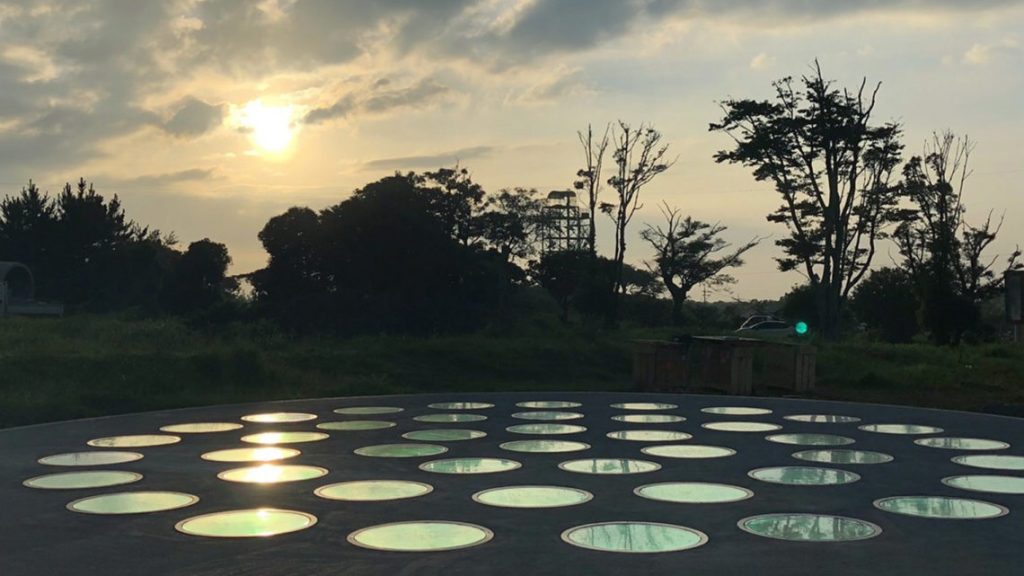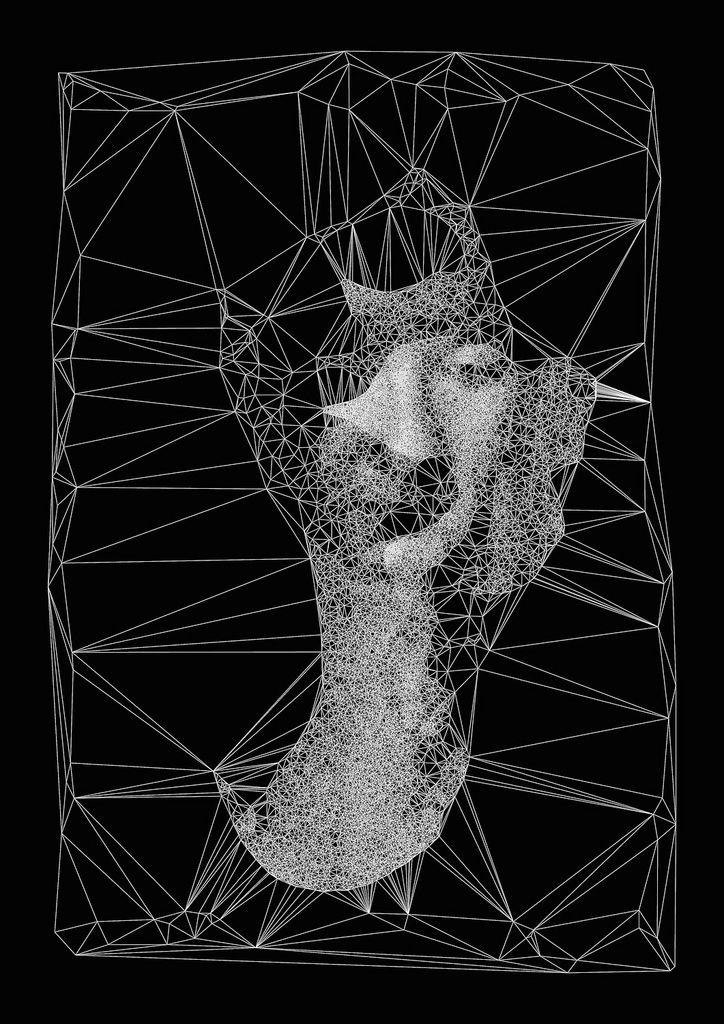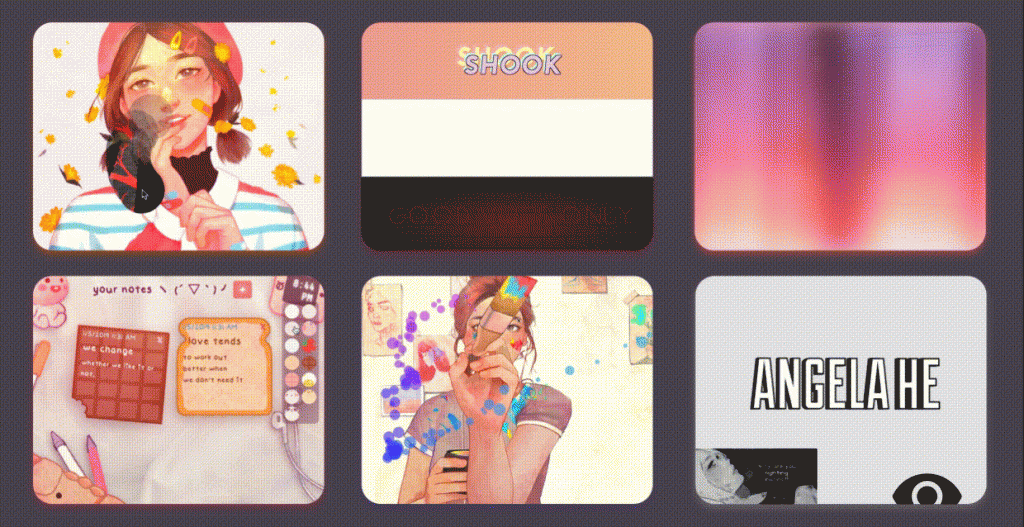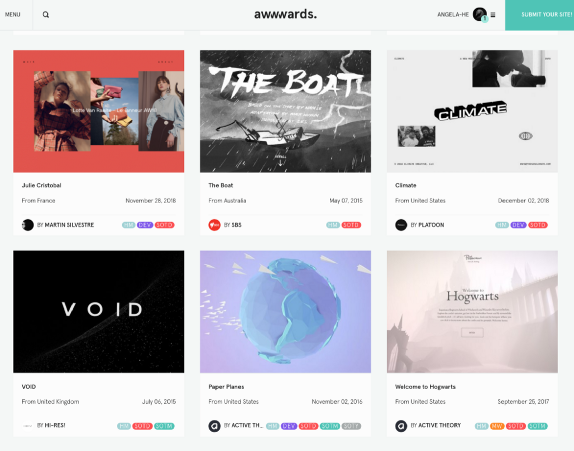
Jeju Pool, which is an interactive circular installation created by Jen Lewin, is a technological piece of art that caught my attention when I saw it in Jeju Island. Jen Lewin was the one who designed the artwork, and there were many other people (the team of Jen Lewin and Jeju LAF) who were involved in installing the artwork in Jeju Island. The Jeju Pool has series circular platforms that communicate wirelessly with other platforms. The surface of each circular pad can sense people’s movement and speed as they work on top of each pad. Using the data collected, the software determines the ripples of light that will appear in other circular pads. This installation is somewhat a visual instrument, where different patterns vary as people engage with the artwork. The Jeju Pool was inspired by the lights and reflections we see in nature. What I really love about Jeju Pool is that it is installed in a landscape with woods and plants surrounding the artwork. This project allows people to have an interaction and special experience both with the installation and Jeju Island itself.
Check Jen Lewin’s website here.
![[OLD FALL 2020] 15-104 • Introduction to Computing for Creative Practice](../../../../wp-content/uploads/2021/09/stop-banner.png)







